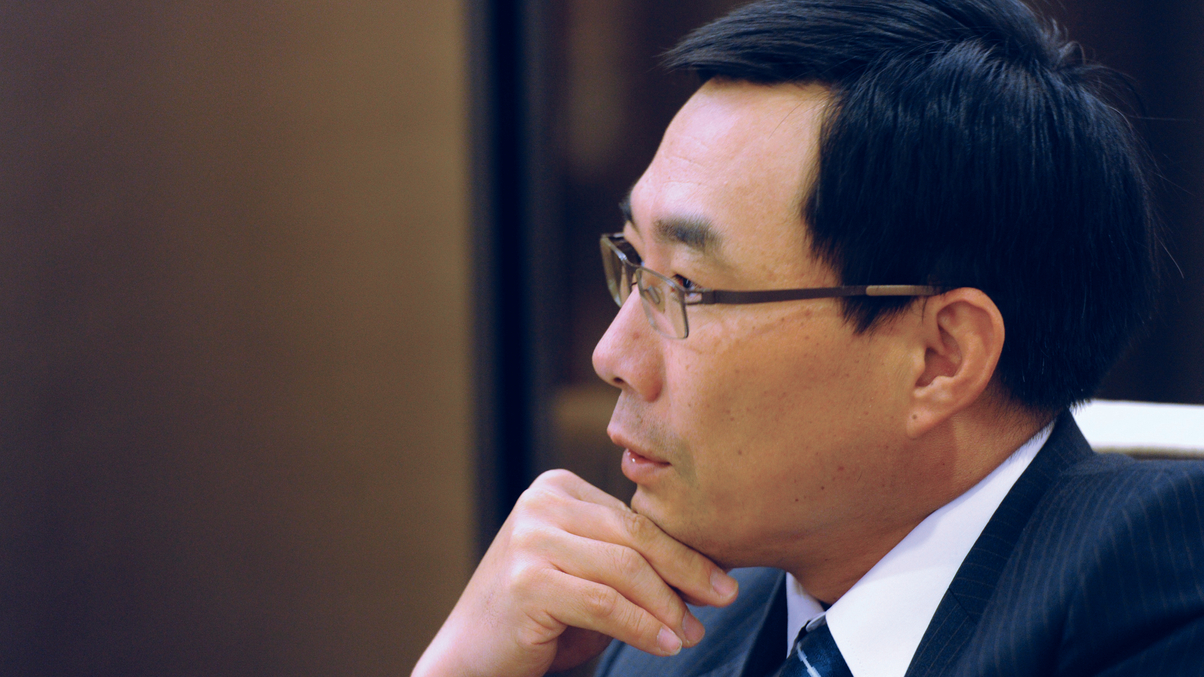ALM focus rising among Asian insurers
Life insurers in the region are starting to recognise the benefits of a stronger focus on asset-liability management, as they move to diversify their investment portfolios.

Homegrown Asian insurance firms – and often non-Asian companies operating in the region – tend first and foremost to develop products they believe will sell, assuming they will be able to buy assets to match the liabilities they have taken on.
Sign In to Your Account
Access Exclusive AsianInvestor Content!
Please sign in to your subscription to unlock full access to our premium AI resources.
Free Registration & 7-Day Trial
Register now to enjoy a 7-day free trial—no registration fees required. Click the link to get started.
Note: This free trial is a one-time offer.
¬ Haymarket Media Limited. All rights reserved.


